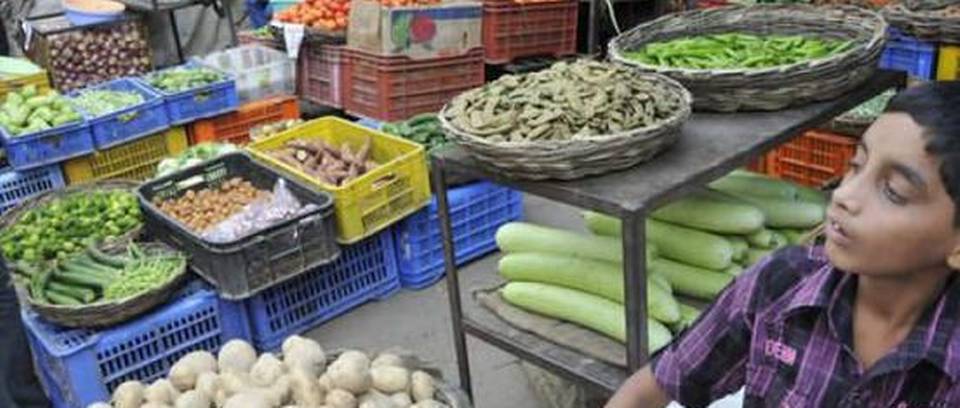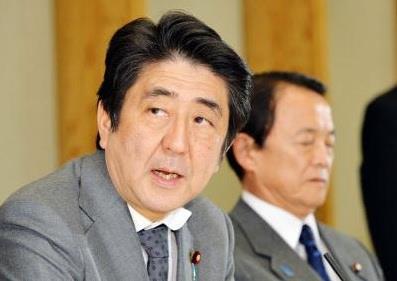March, 2012
Washington, March 11 – Indian Americans have emerged as an increasingly powerful segment of the American electorate as President Barack Obama makes his re-election bid this November, according to a demographic snapshot of South Asians.
The number of Indian-Americans who as US citizens are eligible to vote has now crossed one million with their total population, including multiple ethnicities, growing by 68 per cent over the 2000-2010 decade from 1.9 million to 3.19 million.
March, 2012
Washington, March 11 – Indian Americans have emerged as an increasingly powerful segment of the American electorate as President Barack Obama makes his re-election bid this November, according to a demographic snapshot of South Asians.
The number of Indian-Americans who as US citizens are eligible to vote has now crossed one million with their total population, including multiple ethnicities, growing by 68 per cent over the 2000-2010 decade from 1.9 million to 3.19 million.
Even counting single ethnicity -, the Indian-American population grew from 1.67 million to 2.84 million in the same period, according to data released by an organization devoted to strengthening South Asian Communities in America.
Based on the 2010 census, the number of Indian Americans who can vote has increased 100 per cent from 2000, when it was 576,000, to 1.15 million in 2010, South Asian Americans Leading Together – and the Asian American Federation's – noted.
The population of non-US citizens of voting age has also increased since 2000. This includes green card holders who may become US citizens in the future and will add to the growing electorate, the group said.
Indian Americans now make the third largest Asian-American group in the US after Chinese-Americans – and Filipino-Americans -, but with a much faster growth rate.
People who identified themselves as Indian origin comprise the largest segment of the 3.4 million-strong South Asian Americans, making up over 80 percent of the total, followed by Pakistanis, Bangladeshis, Sri Lankans, Nepalis, and Bhutanese.
While the South Asian community as a whole grew 78 per cent over the last decade, the Indian-American growth rate, however, was the slowest in this group.
The Bangladeshi community experienced the most significant growth, jumping 212 per cent to 147,300 in 2010. The combined Bhutanese and Nepali populations grew by at least 155 per cent.
Pakistani-Americans, the second largest among South Asian Americans grew 100 per cent, from 204,000 in 2000 to 409,000 in 2010, while Sri Lankans went up 85 per cent from 24,500 to 45,400.
States that have historically had significant South Asian populations continued to do so in 2010. The five states with the largest South Asian populations are California, New York, New Jersey, Texas, and Illinois.
Metropolitan areas with the largest South Asian populations are New York City, Chicago, Washington DC, Los Angeles, and San Francisco-Oakland.
Over the last ten years, the Washington DC metropolitan area overtook the Los Angeles metropolitan area as the third largest South Asian population area.
Outside the big metropolitan cities, the South Asian population grew the most in Charlotte, North Carolina, increasing 187 per cent over the past ten years.
This was followed by Phoenix -, Richmond -, Raleigh -, San Antonio -, Seattle -, Stockton -, Jacksonville -, Harrisburg -, and Las Vegas.
Courtesy: nerve.in
















































































































